Army Seeking AIM-9X-Sized Surface-To-Air Missile With AIM-120-Like Range

The U.S. Army sees new rocket motors, as well as miniaturized seekers and guidance systems, as key elements of a next generation surface-to-air interceptor. The goal is for that missile to offer capability akin to the AIM-120D Advanced Medium-Range Air-to-Air Missile (AMRAAM), but have the same form factor as an AIM-9X Sidewinder so it can fit in the launchers that are part of the service’s Enduring Shield air defense system. The Army wants the second interceptor for Enduring Shield, which is set to enter service first with AIM-9X, primarily to help better address growing threats posed by supersonic cruise missiles, though it would also expand its capabilities more broadly.
Army Brig. Gen. Frank Lozano talked about his service’s interest in the new interceptor for Enduring Shield at a talk the Center for Strategic & International Studies (CSIS) think tank hosted earlier this week. Lozano is currently head of the Army’s Program Executive Office for Missiles and Space.
"I have been signaling to industry the need for improved propellant recipes so that we get longer ranges and shorter time of flight..to look for an essentially an AIM-120D like capability in an AIM-9X package. I'm looking for magazine depth" #IFPC ~ Brigadier General Frank Lozano https://t.co/UiqGcyfE6w pic.twitter.com/8VPRvYpRVO
— AirPower 2.0 (MIL_STD) (@AirPowerNEW1) July 31, 2024
“I’ve been signaling to industry the need for improved propellant recipes so that we get longer ranges and shorter time of flight,” Lozano told the gathering at CSIS on Tuesday. The new interceptor also needs to have “improved engagement [capabilities]… that allow us to hit those faster moving supersonic cruise missile threats.”
“My team is preparing to execute a full and open in FY25 [Fiscal Year 2025] to look for essentially what I’ve been communicating[, which] is an AIM-120D-like capability in an AIM-9X package,” Lozano continued.
The AIM-120D is thought to have a range outwards of 100 miles in an air-launched mode where the missile can take advantage of the speed of the launch platform and the benefits of altitude. Without any other changes to the design, the missile’s reach would be significantly reduced when fired from the ground. The same applies to AIM-9X, which has maximum range of well over a dozen miles. The AIM-120D and AIM-9X are around 12 and nearly 10 feet long, respectively. Even with truncated fins, the AIM-120D still takes up more space width-wise than the Sidewinder, as well.
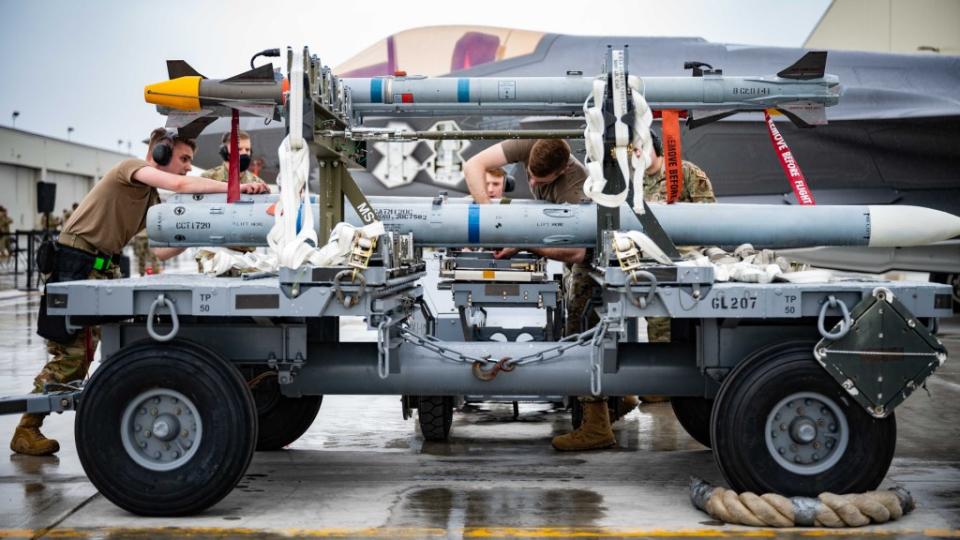
“The key is magazine depth,” Lozano added in reference to the dimensional requirements. The current palletized launcher for the Enduring Shield system is designed to able to be loaded with up to 18 AIM-9Xs, each in individual launch canisters, at a time.
The launcher is based on an earlier design called the Multi-Mission Launcher (MML). The Army previously demonstrated the MML was capable of firing a variety of other interceptors, including the Tamir used in the Israeli Iron Dome system, the radar-guided AGM-114L Longbow Hellfire, and a diminutive Lockheed Martin design called Miniature Hit-to-Kill (MHTK). Hit-to-kill in MHTK referred to the missile being designed to destroy targets by force of impact rather than with a traditional warhead. All of these are of course smaller and shorter-ranged than the AIM-120D.
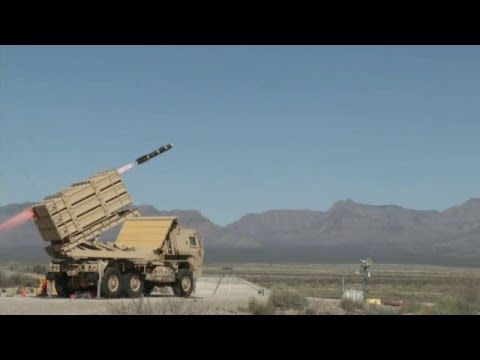
“Of all the companies I’ve interacted with, it’s about eight or nine, nobody has an off-the-shelf capability ready to go,” Brig. Gen. Lozano said on the sidelines of the Eurosatory defense exposition in Paris back in June, according to Breaking Defense. “So, we’re looking at the miniaturization of a rocket motor and we’re looking at the miniaturization of a flight guidance section of the missile midsection and we’re looking at the miniaturization of improved seeker capability.”
At that time, Lozano also highlighted the desire for “an AIM-120D-like capability” that would fit into an Enduring Shield “launcher holding 18 interceptors.”
While there may not be readily available existing options to meet these requirements, there are potential starting places that might help accelerate work on the compact air defense interceptor the Army wants. The War Zone has previously explored in detail how a new “highly-loaded-grain, high-performance motor” already proposed as an upgrade for the AIM-9X, along with other improvements, could produce a missile with greater range and capabilities, but without major changes to its form factor.
The AMRAAM’s manufacturer Raytheon has itself proposed a miniature derivative of that missile called Peregrine for air-to-air use in the past. Raytheon also worked with the U.S. Air Force in the past on an air-launched Miniature Self-Defense Munition (MSDM) concept, which also included the development of a miniaturized seeker. The MSDM was envisioned as being significantly shorter than even the AIM-9X.
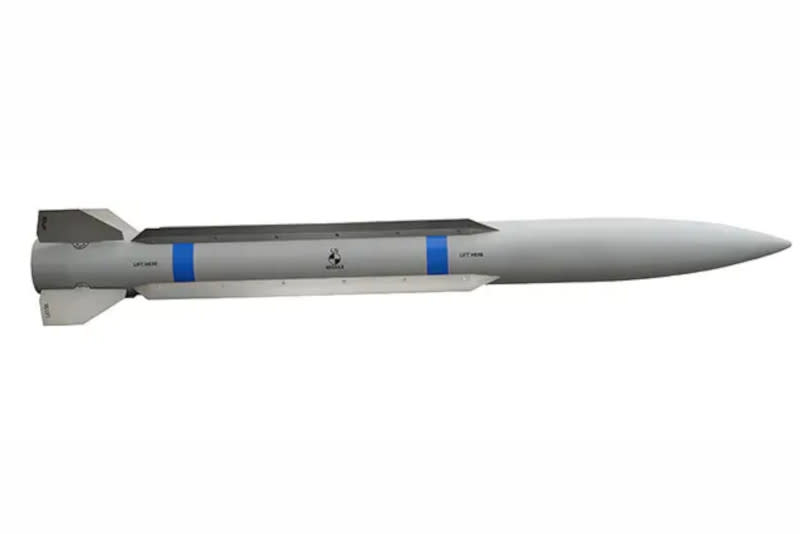
Other companies have pitched similar concepts over the years, generally with an eye toward increasing magazine depth on tactical jets, with Lockheed Martin’s Cuda being a prime example. Cuda was also a hit-kill design, and being able to repurpose or even eliminate the space required for a warhead could be an important component in meeting the Army’s demands.
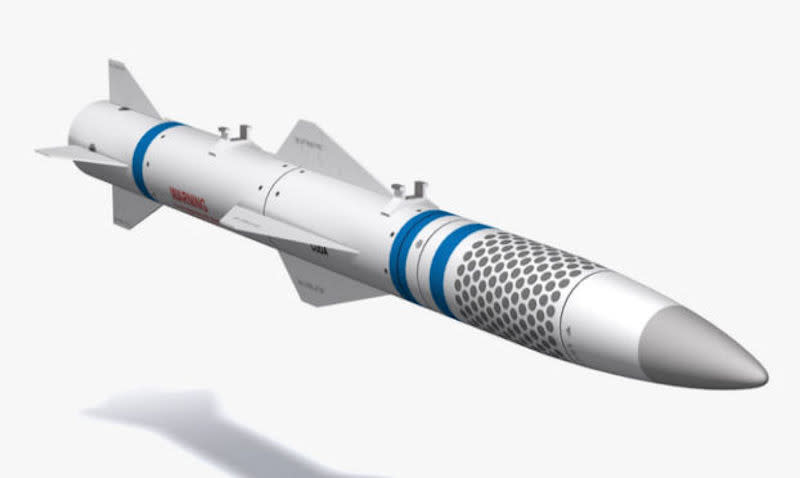
The Army might be able to leverage work on AIM-260 Joint Advanced Tactical Missile (JATM) for the Air Force and the Navy. The AIM-260 is being designed to have a similar form factor to the AIM-120, but also offer significantly greater range and other improved capabilities. An advanced solid-fuel rocket motor therefore seems very likely to be part of JATM’s development given the dimensional constraints.
The Army’s interest in a ground-launched AIM-120D-like capability does raise the question about why the service does not just buy more National Advanced Surface-to-Air Missile Systems (NASAMS). The service has a small number of NASAMS, the launchers for which can be loaded with AIM-120s and AIM-9Xs, as well as other interceptors, which it has primarily deployed around Washington, D.C., and the greater capital region.
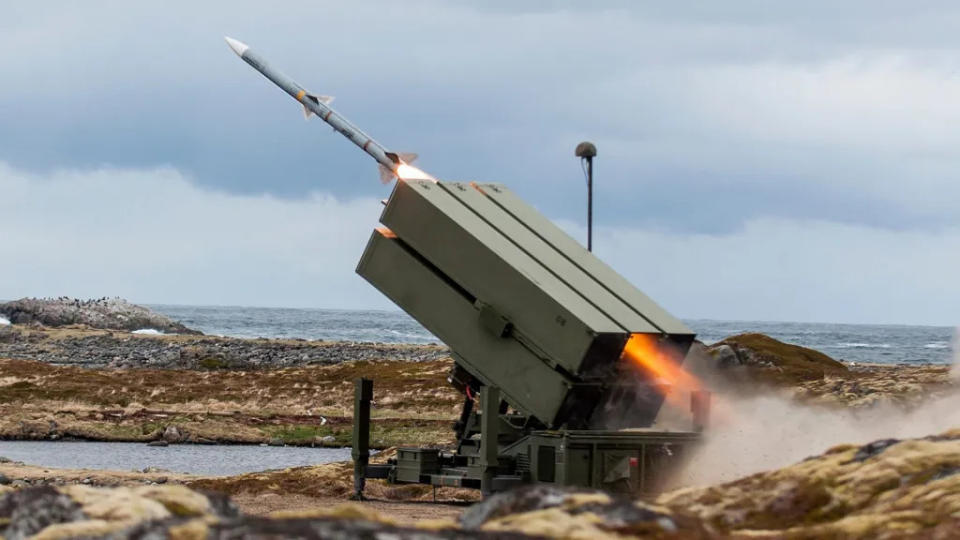
At Eurosatory in June, Brig Gen. Lozano “explained that while the Norwegian Advanced Surface to Air Missile System (NASAMS) could help fill that capability gap with the AIM-120D Advanced Medium Range Air-to-Air Missile, ultimately that’s not an option since the system has a magazine depth of six rounds,” Breaking Defense reported. “The cost of supporting a foreign system that the U.S. does not hold intellectual property rights to, he added, is also a hindrance.”
The Army used somewhat similar arguments to justify its decision not to field Israel’s Iron Dome, a system that is also now entering service with the U.S. Marine Corps, and to pursue Enduring Shield instead. It’s important to note here that NASAMS was developed jointly by Norway’s Kongsberg Defense and Raytheon in the United States, and components thereof are produced in the latter country. NASAMS is also designed to be readily adaptable, including when it comes to launchers and other hardware, to meet customer requirements. Conversely, a new AIM-9X-sized interceptor with AIM-120-like capabilities could be of interest to NASAMS operators, among others.
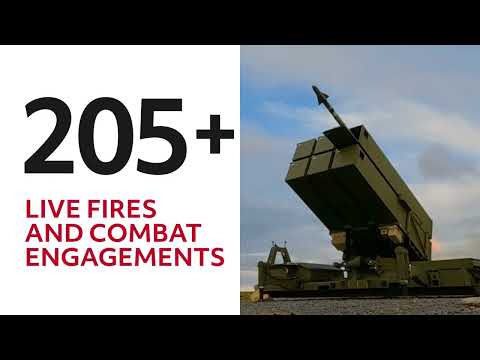
Regardless of what interceptors the Army ultimately fields as part of Enduring Shield, the U.S. military is increasingly concerned with cruise missile threats both in the context of future expeditionary operations and when it comes to defending the homeland. Great power competitors like China and Russia, as well as smaller adversaries like North Korea and Iran, continue to develop and field increasingly more capable cruise missile designs. This includes types boasting supersonic speeds, as well as one claimed to be able to reach hypersonic velocities, typically defined as anything about Mach 5. Cruise missiles also continue to proliferate around the world, including with non-state actors like Iranian-backed Houthi and Hezbollah militants in Yemen and Lebanon, respectively.
What the Army has not been as actively highlighting when it comes to Enduring Shield is that it has not had any sort of middle-tier air defense capability since the retirement of the Hawk system in the 1990s. The same goes for the Marine Corps, which has drawn a direct link between this gap and the acquisition of its version of Iron Dome, which it calls the Medium-Range Intercept Capability (MRIC).
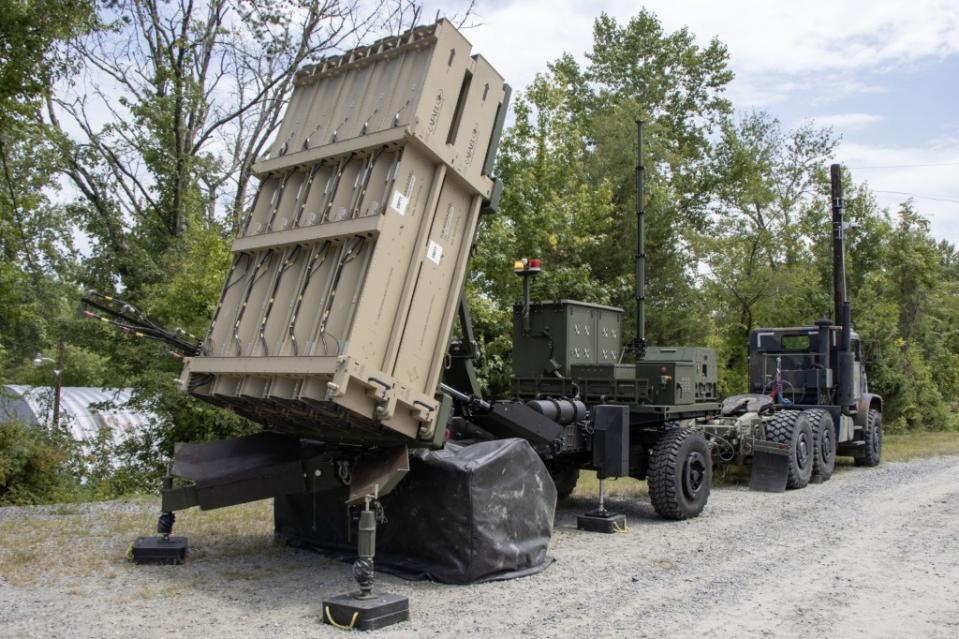
The ongoing war in Ukraine, in particular, has underscored the continued relevance of medium-range surface-to-air missile systems against cruise missiles, as well as drones and other aerial threats. Hawk is among the air defense systems the United States and other Western countries have sent to the Ukrainian military to help meet its air and missile needs.

The Army’s air defense branch, especially its units equipped equipped with Patriot long-range surface-to-air missile systems, is heavily strained as it is. The service is hoping to significantly enlarge its force structure in this regard in the coming years, including with new and expanded short-range and long-range air and missile defense capabilities. Enduring Shield, the fielding of which has been delayed due to supply chain and other issues, is another key part of this plan, though it is unclear when it might now begin entering operational service. The first unit set to receive those systems – 1st Battalion, 51st Air Defense Artillery Regiment – has already been established and is using existing prototypes to help develop tactics, techniques, and procedures.
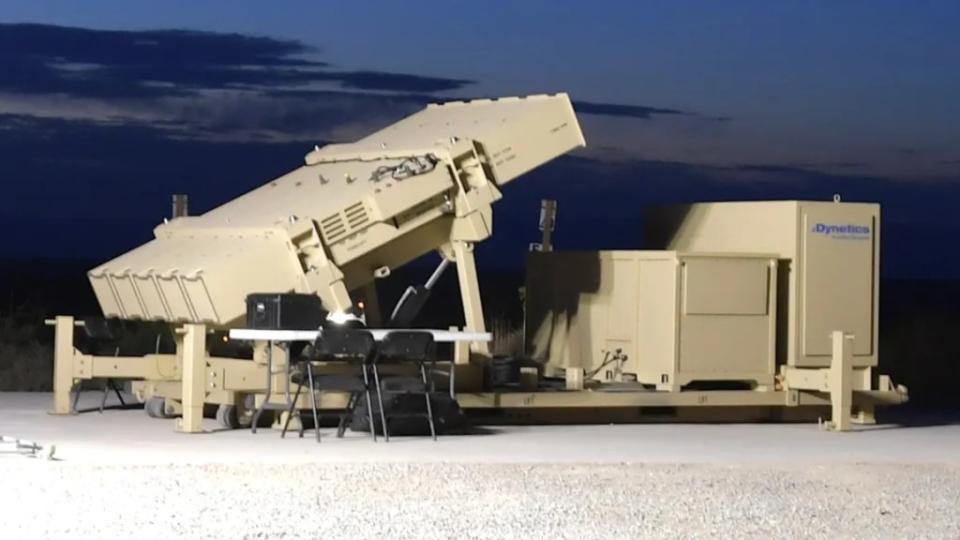
In the meantime, the Army is already working to increase Enduring Shield’s already important middle-tier air defense capabilities with the addition of a new Sidewinder-sized interceptor with capability closer to the AIM-120.
Contact the author: joe@twz.com

